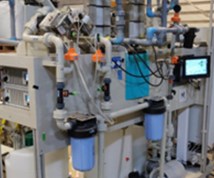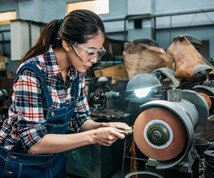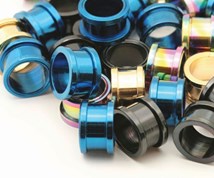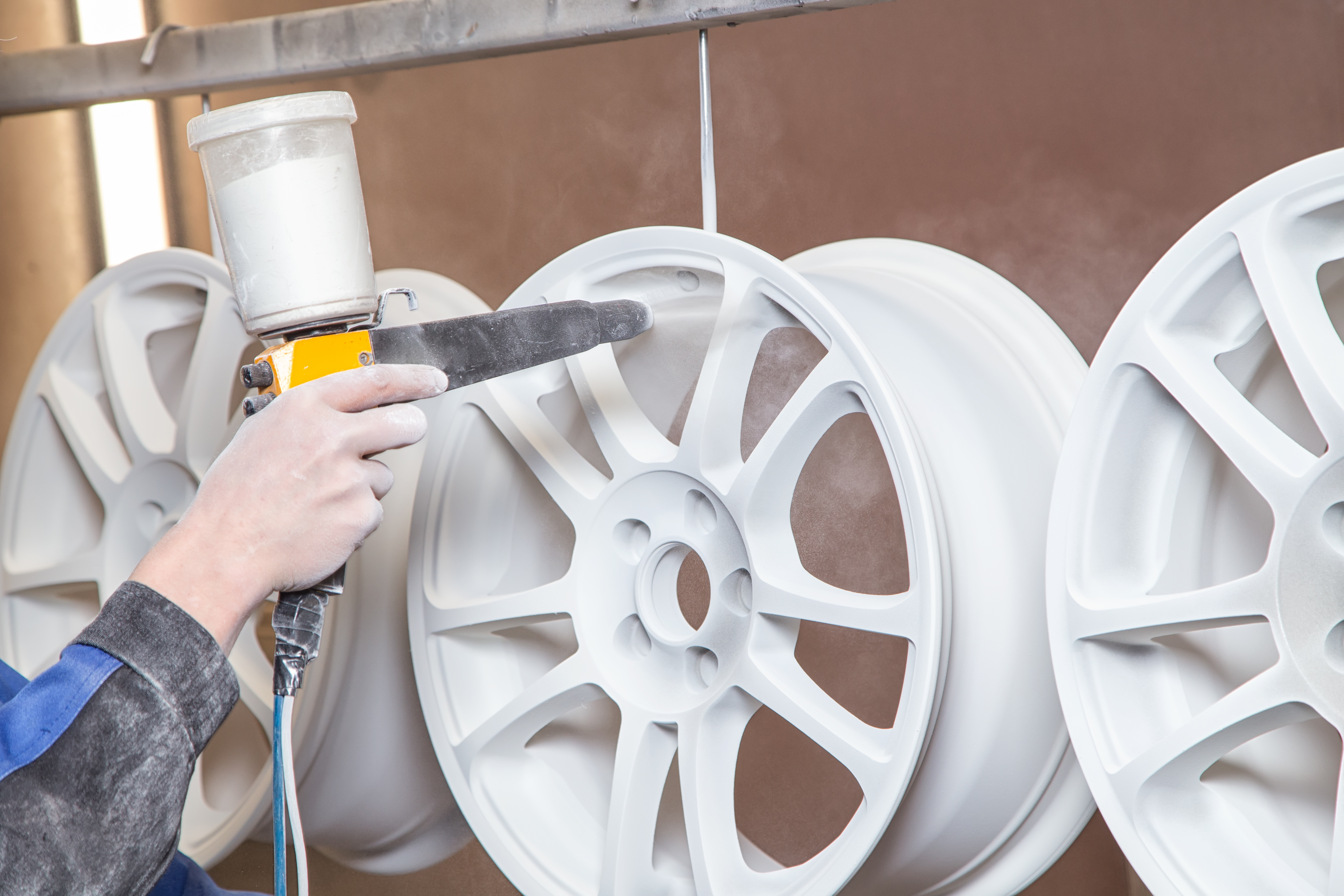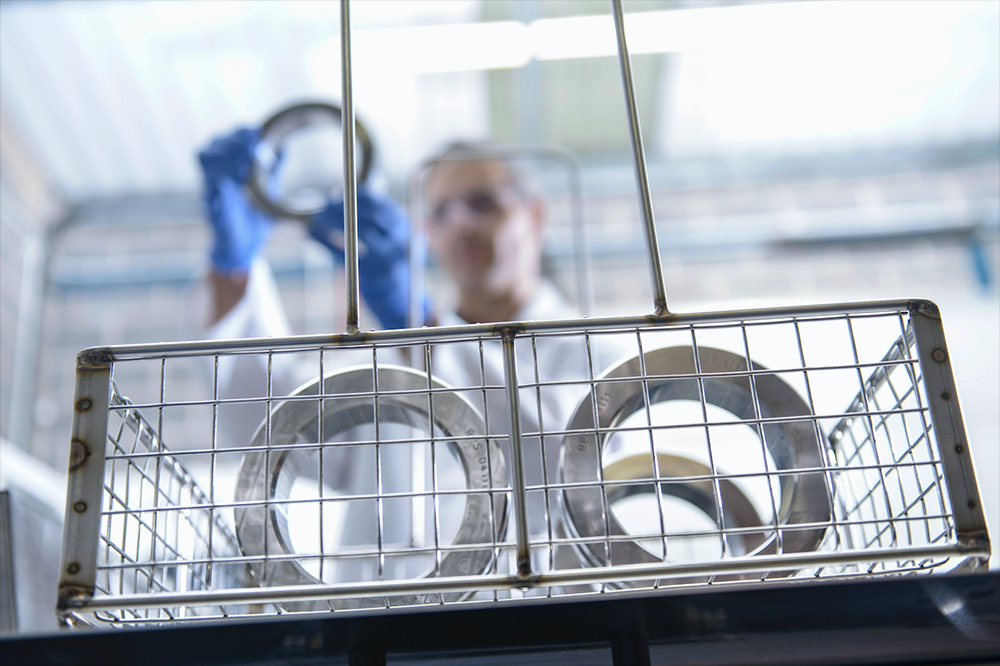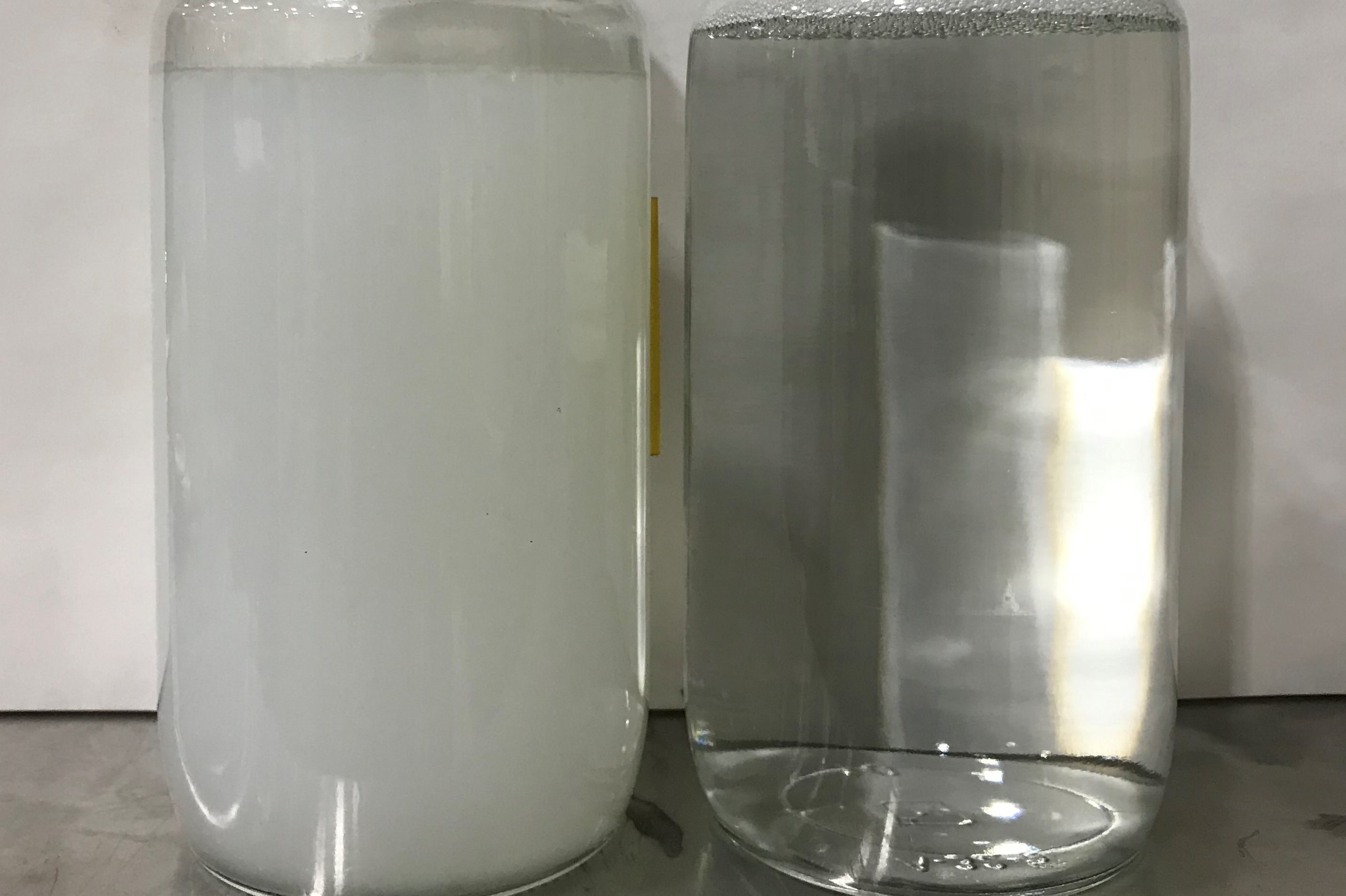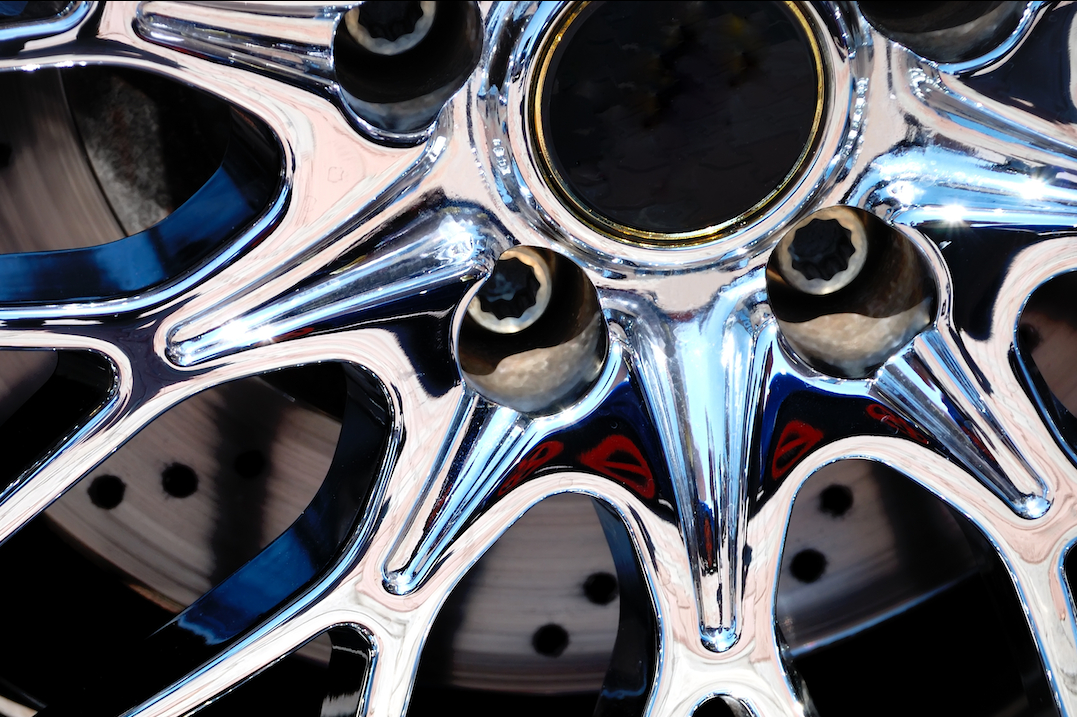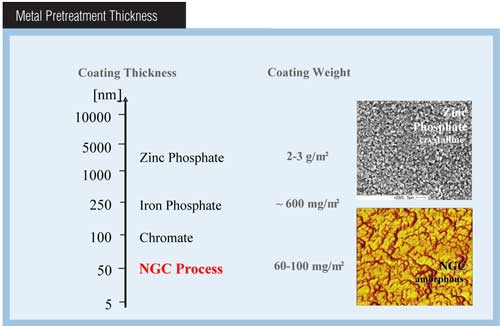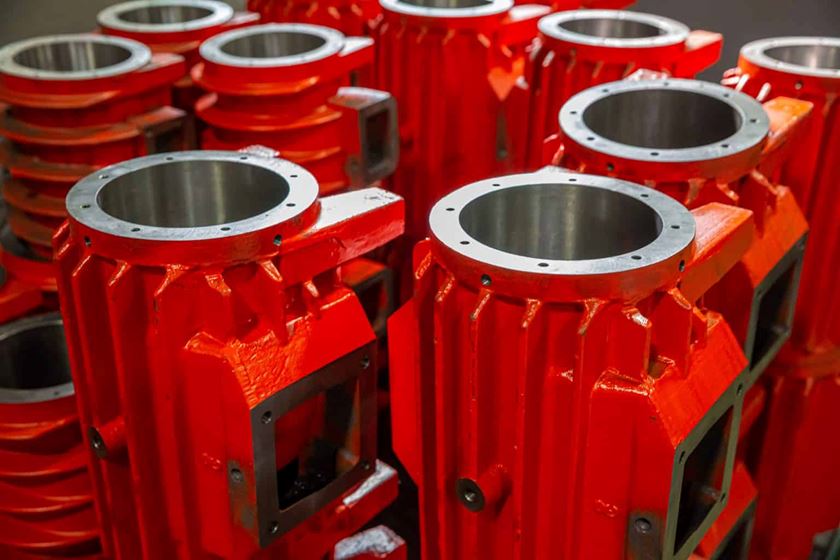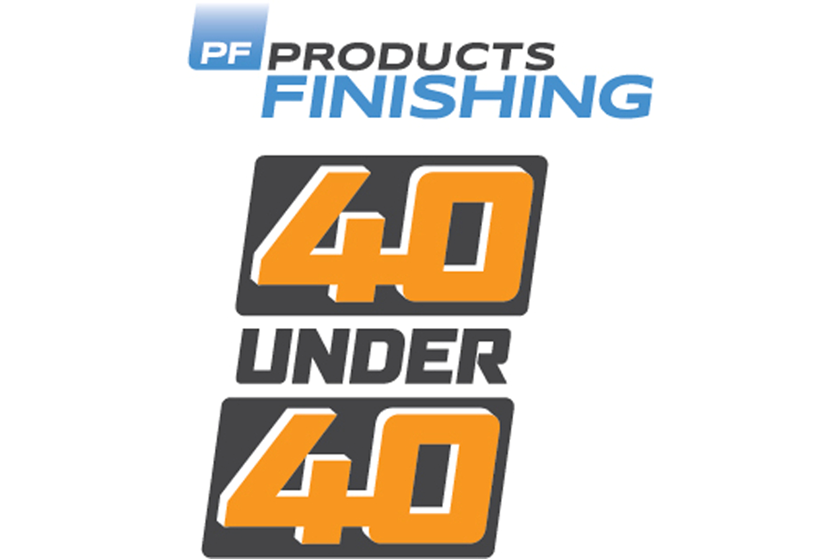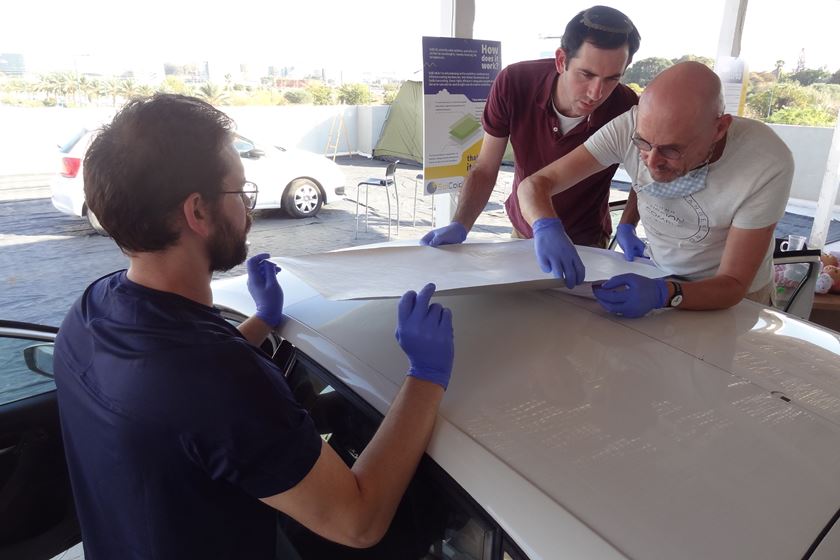Sizing Heating and Cooling Coils
Why is it important for you to know this?
Twisting, turning tubes in tanks of steamy, colorful liquids. It is no wonder many still consider designing heat transfer equipment a type of sorcery. Most finishers work diligently at perfecting the chemical, physical and production details required for consistent quality finishes, and they understand that temperature control is critical. However, few fully understand how to specify heat transfer equipment and how the design affects production and operating costs.
Specifying heating equipment does not need to be confusing. Factors that affect how you boil a pot of water for spaghetti are the same as those influencing heat transfer equipment in the finishing shop. How much water is in the pot? How long should it take to heat up? How hot will the water get? How hot is the burner? How much of the pot is in contact with the burner?
Featured Content
These factors, along with the kind of material heated and how well it is mixed, are used to turn "a little of this and a pinch of that" into precise measurements. Simple calculations determine the proper size heating coil and can help solve a heat-transfer problem.
A few simple equations
Equation No. 1 combines all the factors that determine the surface area of the heat transfer device.
A = Q/U



For example, a solution is at 70F before heating and must be elevated to 140F: 

The second variation of temperature (
For example, suppose the final solution temperature is 140F and the temperature of the steam at 10 psi is 239F. 


As you calculate the required surface area of the heat transfer device, you see where each 

Q is usually measured in Btus, which is the amount of heat needed to heat one pound of water one degree F. The amount of heat needed to heat a tank can be determined using equation two: Q = MCp

To see how Q is determined, consider the following situation: a 3 × 10-ft, well-agitated finishing tank contains 4 ft of water at 70F and the temperature needs to be raised to 140F.
Knowing there are 120 cu ft of water in the tank and that water weighs 62.4 lb/cu ft, the equation (Q = MCp
Referring to Table I
Cp = 1.00 (specific heat of water)

Completing the calculation
Q = MCp
Q = 7,488 × 1.00 × 70 = 524,160 Btus.
This heat requirement measure does not indicate how quickly the tank will be heated, however. In theory, if the tank were perfectly insulated and used 1 Btu/hr for heating, it would take 60 years to heat one tank. In a finishing shop, heat up time is usually two to four hours.
524,160 Btus ÷ 4 = 131,040 Btus/hr
| TABLE I—Specific Heat (Cp) of Commonly Used Materials | |
| Material Water (By Definition) 15 pct Sulfuric Acid Oil Steel Aluminum Zinc |
Cp 1.00 0.88 0.42 0.11 0.23 0.09 |
Other factors affecting Q
In addition to Btus, other heat input is needed to make up for heat lost to the environment as well as to materials in the tank such as parts and racks.
In most finishing systems, heat lost to the atmosphere is more important than heat lost to the work; therefore, heat lost to work is usually ignored. However, if one were to pickle steel sheets that had been outside in very cold weather, an extra heating factor would have to be considered.
Heat losses to the air can be calculated using information in Table II.
The 3 × 10-ft tank surface loses 48,000 Btu/hr at 140F. This figure is derived from a heat loss figure of 1,600 Btu/hr/sq ft (Table II, 140F) multiplied by the sq ft (1,600 × 30=48,000). This means you would have to add an additional 48,000 Btu/hr to achieve the desired heat up.
If the heat-up time were four hours, the total Btus/hr needed would be 179,040 (131,010 + 48,000). The total Btus/hr required is the final value of Q in the basic equation A = Q/U
| TABLE II—Heat Losses to the Air (up to 5 ft/sec air velocity) | |
| Tank Temperature (F) 80 100 120 140 160 180 |
Maximum Heat Loss (Btu/hr/sq ft) 200 500 900 1600 2750 4900 |
Determining the U factor
The next factor in calculating heat transfer surface area is the heat transfer coefficient or U factor. This varies depending on how well the tank is mixed or agitated and how viscous the solution is. For most watery finishing solutions Table III figures apply. For this example, steam will be used to heat the well-agitated tank. Therefore, a U factor of 150 will be used.
Work temperature vs. media temperature. The second DT needed to calculate heat transfer surface area is the temperature difference between the material being heated and the media providing the heat. In finishing plants, heat is usually provided by hot water or steam. For this example, steam is used. Using the data in Table IV, 
Assuming a steam pressure of 10 psig, the temperature of the steam delivered to the finishing tank would be 239F. Since the solution will be heated to 140F, the 
| TABLE III— Typical Heat Transfer Coefficients—"U" |
||
| Type Heating Medium Steam Hot Water |
U-Value (Agitated Tank) 150 125 |
U-Value (Still Tank) 100 75 |
Completing the basic equation
Now that the basic values have been determined for all of the variables in equation A = Q/U
Q = 179,040 Btu/hr
U = 150

Completing the equation
A = 179,040/150 × 99 = 170,040/14,850 = 12.06 sq ft.
| TABLE IV— Steam Pressure vs. Steam Temp. |
|
| Steam Pressure (Psig) 5 10 25 50 |
Steam Temp. (F) 227 239 266 297 |
Surface area vs. heat transfer device configuration
When the surface area of a heat transfer device has been calculated, the next consideration is the configuration of the device. In many finishing plants in-tank heating/cooling coils are used. When a coil is to be immersed, there are several major considerations.
Coils must be sized and installed so they do not interfere with material moving into or out of the tank. The most common form of damage to an in-tank coil is mechanical. In tanks with current-carrying racks, accidental contact between a rack and coil may cause an electrical arc, resulting in a hole in the coil.
Coils should be installed to ensure the entire coil body is immersed. This assures that the rated heat transfer surface is operating at maximum effectiveness.
There are many coil styles available
A typical style is shown in Fig. 1. In a typical heat transfer coil a one-inch outside diameter tubing is used. Tubes are welded on 1.5 inch centers between two manifolds, one of which includes an inlet and outlet riser for the heating medium.
Before determining the length and width of the coil, measure the length of the tank wall and the solution depth. For this example, the tank walls are 3-ft wide and 10-ft long, and the solution is 4-ft deep. Considering each possibility, the coil would need to be sized to fit within an area that is 3 × 4 ft or one that is 10 × 4 ft.
| TABLE V—Heat-Transfer Coil Sizes vs. Surface Areas | |||
| Coil Dimensions | |||
| Surface Area (sq ft) 4.6 5.6 6.7 6.8 8.4 8.8 9.4 10.0 10.9 11.5 11.5 13.2 13.6 13.7 13.7 14.2 15.1 15.8 16.3 16.8 16.8 17.2 17.8 18.0 19.2 19.5 19.5 20.0 |
Width (Inches) 12.5 12.5 12.5 18.5 18.5 12.5 24.5 18.5 12.5 24.5 30.5 18.5 24.5 12.5 36.5 30.5 12.5 42.5 18.5 30.5 36.5 12.5 24.5 48.5 12.5 18.5 42.5 36.5 |
Length (Inches) 24 30 36 24 30 48 24 36 60 30 24 48 36 72 24 30 84 24 60 36 30 96 48 24 108 72 30 36 |
Tubes 8 8 8 12 12 8 16 12 8 16 20 12 16 8 24 20 8 28 12 20 24 8 16 32 8 12 28 24 |
In sizing heat transfer coils it is important to select the configuration with the smallest width and longest length compatible with tank size to provide the best heat distribution. Using data found in Table V, you can determine that a coil width of 18.5 inches and a length of 48 inches provides 13.2 sq ft of surface area. Moving further down the chart you find a coil of 13.7 sq ft with a width of 12.5 inches and a length of 72 inches. It, too, has slightly more than the required 12.06 sq ft.
Although both coils will fit,we selected the 13.7-sq-ft coil which offers the best combination of performance and economy. The coil would be installed along the 10-ft wall of the tank. If the installation had to be along the 3-ft wall, a coil with 13.7 sq ft of surface area and dimensions of 36.5 wide by 24 inches long (Table V) could be used. Assuming that the solution depth would never go below 4 feet, this coil would function properly.
The right calculations save time and money
Why is it important to calculate surface area when determining the size of heating coils? Heat transfer devices, particularly ones fabricated from a costly material such as titanium or stainless steel, can be expensive. Since most heat transfer devices are priced according to size, it simply does not pay to purchase larger devices than are necessary to accomplish the task. Using the information in this article will help determine how much area you will need after you establish how long heat up should take and what temperature you must maintain.
A little pencil pushing can go a long way toward improving operating efficiency and lowering heat transfer equipment costs
To learn more visit RIGHTech Fabrications.
RELATED CONTENT
-
Aluminum Anodizing
Types of anodizing, processes, equipment selection and tank construction.
-
Nickel Electroplating
Applications, plating solutions, brighteners, good operating practices and troubleshooting.
-
Masking for Surface Finishing
Masking is employed in most any metal finishing operation where only a specifically defined area of the surface of a part must be exposed to a process. Conversely, masking may be employed on a surface where treatment is either not required or must be avoided. This article covers the many aspects of masking for metal finishing, including applications, methods and the various types of masking employed.


